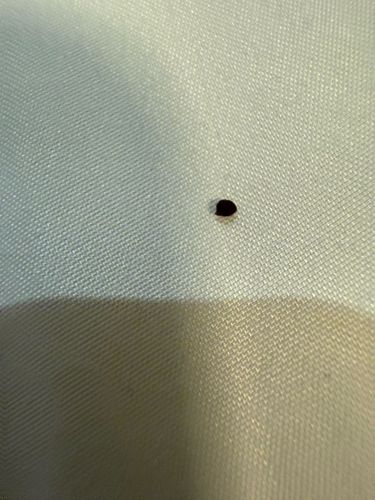Bed Bug
Scientific Name: Cimex lectularius
Order & Family: Hemiptera (order), Cimicidae (family)
Size: Adults are typically 4-5 mm long (about the size of an apple seed). Nymphs (young bed bugs) are smaller.

Natural Habitat
Primarily found in human dwellings, especially in bedrooms. They hide in cracks and crevices in mattresses, bed frames, furniture, and walls.
Diet & Feeding
Strictly hematophagous, meaning they feed exclusively on the blood of warm-blooded animals, primarily humans. They typically feed at night when hosts are asleep.
Behavior Patterns
Nocturnal; they hide during the day and come out at night to feed. They are attracted to carbon dioxide and body heat. They leave behind fecal spots (digested blood) on surfaces.
Risks & Benefits
Potential risks include itchy red welts from bites, allergic reactions, secondary skin infections from scratching, and psychological distress. While they do not transmit diseases, they are a significant nuisance pest. There are no known benefits.
Identified on: 11/3/2025